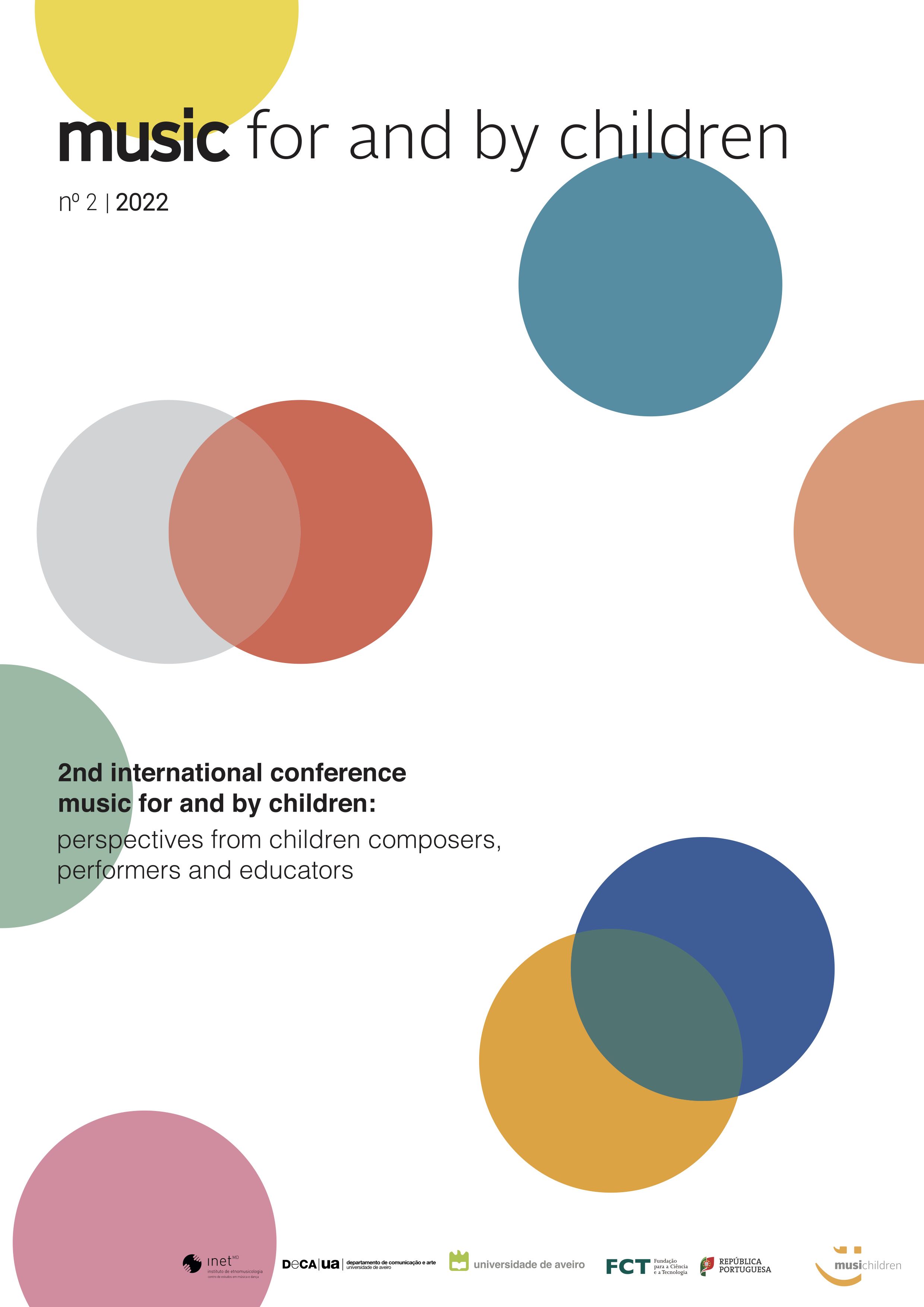Composing ‘Australian animals for 1st year pianists’:
Engaging students by developing imagination
Abstract
Theoretical background or Context
As a change from arrangements of folk tunes and reductions of well-known classical works, we (two Australian composers) wrote a book of 22 pieces for 1st year pianists, each piece representing an Australian animal – mammals, birds, reptiles, insects. The combination of words and music has long been recognised as an effective way to engage students when they begin learning to play the piano (Thompson, 1937), and for Cook (1998) music itself does not so much have meaning as potential for meaning, with this potential being a function of the context within which the music is received. Therefore, music and words combined with original drawings creates a multisensory experience for students and teachers.
Aims
The aim of this paper is to discuss the thinking and creating behind the pieces, especially how we sought to engage students by developing their imagination and creating curiosity about how the animals live and behave through a multisensory approach.
Methodology
Adopting a practice-led research process in which the research was ‘initiated by an artistic hunch, intuition, or question, or an artistic or technical concern generated by the researcher’s own practice…’ (p. 6, Rubidge, 2005), we drew on our experience as teachers, composers and writers.
Results/Findings
The context for these animal pieces is multi-faceted. The pieces are short and song-like to interest first year piano students and the pieces can be sung and/or recited, the rhythm clapped to capture the spirit of the music as a prelude to learning the notation, and to make the Australian animals come alive we wrote words and music (Thompson, 1937). Looking at the way animals behave is interesting for children and we sought to create pieces which capture these activities by making the music itself convey meaning (Cook, 1998) through compositional parameters including rhythm, articulation, dynamics, register, harmony and mode. We aimed to enable younger students to focus better, to enjoy the learning process and to perform the pieces with enthusiasm by encouraging them to imagine being that animal. Each piece is accompanied by a drawing of the animal with the aim of assisting teachers to create more stories about the animals.
Conclusions/Final considerations
By creating a rich multisensory context for each piece, we hope that learning this way will bring an emotional response to the animals, encourage musical appreciation, and create imaginative and engaged performances which can be appreciated by an audience.
References
Bibliographic references, presented in alphabetical order, should follow Sixth Edition APA – American Psychological Association - format (http://www.apastyle.org/) and include all the authors mentioned in the text.
Cook, N. (1998). Analysing Musical Multimedia. Clarendon Press: Oxford.
Rubidge, S. (2005). Artists in the academy: Reflections on artistic practice as research. Paper presented at Dance Rebooted: Initializing the Grid, Deakin University, 1-4 July. Retrieved 17 October, 2007, from http://www.ausdance.org.au/resources/publications/dance-rebooted-initializing-the-grid/papers/Rubidge.pdg
Thompson, John. (1937). John Thompson’s Modern Course for the Piano. The First Grade Book – something new every lesson. Allan & Co. Pty. Ltd.: Melbourne.
Copyright (c) 2023 Music for and by children

This work is licensed under a Creative Commons Attribution 4.0 International License.





